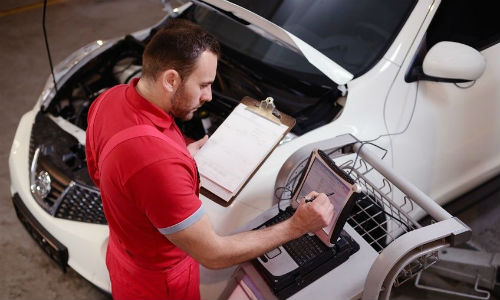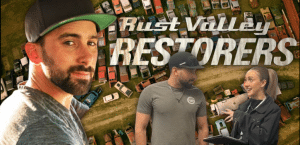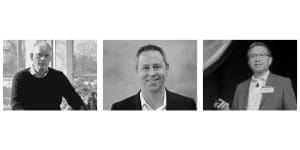By Erin McLaughlin
Toronto, Ontario — July 19, 2017 — I-CAR’s Introduction to Diagnostics and Scan Tools is an online one-hour course that examines the importance of scanning and calibration. Cars are more complex than ever before, thanks to increased safety features and advanced electronics. Consequently, scanning and calibration tools have become increasingly vital parts of a technician’s toolkit.
The first module in the course develops a case for the importance of pre- and post-repair scanning. For example, a total of 20 OEMs have committed to making automatic emergency braking standard by 2020. Repairers must be prepared for technological advances of this nature. That means having the tools and skills needed to detect problems with these systems and to properly calibrate them.
There is a lot more to the health of a car than its exterior. According to Mark Hodgins, a Course Instructor for I-CAR, many things can go wrong when a car is involved in an accident. Not all of these are visible to the naked eye.
“A million things happen to the brain of a car when it’s in a collision,” says Hodgins. “You need to know if the brain is broken, as well as the body. When you fall down the stairs, and you’re sore, you’re not going to know what’s wrong internally until you get an x-ray. Similarly, if it turns out you have a fractured ankle; you’re not going to know whether it’s healed until you get a follow up x-ray. It’s the same with pre- and post-repair scans.”
The second module provides an overview of standing operating procedures for scanning and calibration. Included in the module is a PDF of instructions shops can use for standardizing their diagnostic process.
The third module looks into scan tool capabilities and discusses the differences between OEM and aftermarket scanners.
Module four outlines possible limitations, and other steps technicians must take to ensure the scanning and calibration process is as reliable as possible, such as practicing cleanliness and avoiding contamination.
For more information on I-CAR, please visit i-car.ca.



























